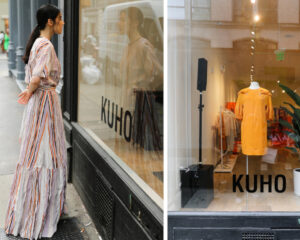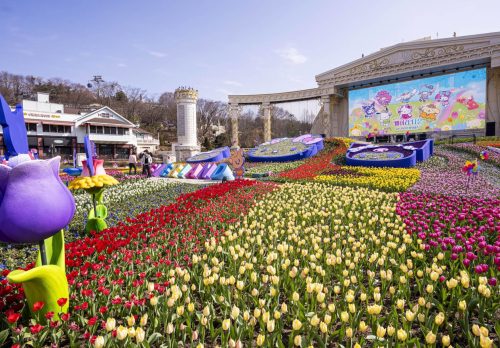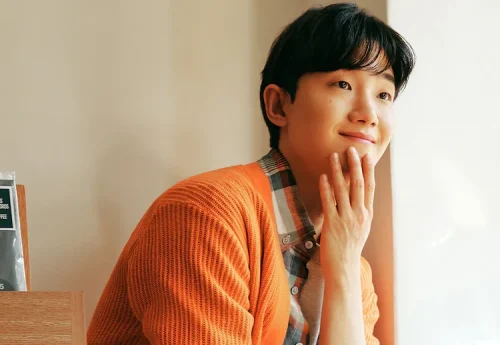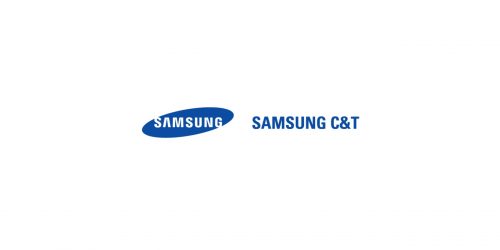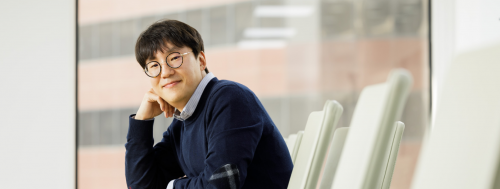An unhurried cultural revolution is working its way across the world, one that is defying the received idea that faster is better. It is about “savoring the hours and minutes rather than just counting them,” Carl Honoré wrote in his book “In Praise of Slow.”
The so-called slow movement can be traced back to Italy in the late 1980s. Initially, it was about food, but something else interesting happened in 1990 – 10 Corso Como was born in Milan.
Started by Carla Sozzani, formerly of Vogue and Elle, 10 Corso Como was founded on the radical idea of slow shopping, as GQ put it. While paying a visit to the South Korean capital last month to celebrate the 11th anniversary of 10 Corso Como Seoul, the company’s first flagship store in Asia operated by Samsung C&T Fashion Group, Sozzani said, “It is important to enjoy being here and take enough time.”
Slowing down to savor the experience
While the idea of slow shopping has evolved in different directions, it is about more than simply not rushing. It aligns with an attitude and a lifestyle that Sozzani describes as “shared value.” The former magazine editor suggests that people who have fashion interests may also like the same books and food. This is a vital draw for slow shoppers, who can potentially indulge their particular tastes under one roof.
The 10 Corso Como concept emphasizes the visitor’s experience – whether in Milan, Seoul, Tokyo or its first American location, which opened last year in New York. The slow shopper in one of these stores will take time to notice the colorful mosaics and signature tiles, the artwork and library, the restaurant and bar, the perfume and incense, the luxurious vases and high-end crockery, and, of course, the rows of clothing bearing fashionable labels.
Sozzani believes that “offline stores have an edge in that they can provide consumers with experiences.” She is dismayed by the trend of shoppers checking out offline stores to compare prices before buying online. But research does indeed show the value of the traditional shopping environment. Millennials, for example, are much more likely to prefer brick-and-mortar stores.
Just a few meters away from 10 Corso Como Seoul in the fashionable Cheongdam neighborhood stands another Samsung C&T Fashion Group-operated store that is gaining a strong reputation for slow shopping. The atmosphere is different, more spartan and open plan, but it also features an abundance of rest areas, a barista counter, and a pop-up corner currently occupied by some adventurous gelato flavors in the form of Zenzero.
Indeed, the slow shopping concept has inspired a global movement. It has been dubbed coffee shopping in China, where businesses have been encouraging customers to spend time in their stores by adopting a café-style atmosphere.
An overarching value across various brands
The stores that do slow shopping according to Sozzani’s model offer a complete experience as so-called concept stores with an overarching value throughout their products from various brands.
10 Corso Como stands out with its blend of luxury labels like Balenciaga, Hermes, and Louis Vuitton with more casual counterparts such as Nike and Freitag, as well as lifestyle brands Tom Dixon, Fornasetti and Seletti.
While a more relaxed experience, Beaker inspires shoppers to adopt the same approach to styling their kitchens as their wardrobes. Beaker features more than 200 brands from the U.S., Europe and Asia, including Danton, Maison Kitsune, Nike, Adidas, Birkenstock, and other local and private labels.
With so much to see, it certainly helps to visit places like 10 Corso Como and Beaker with some time to spare. Then it becomes clear that however long one spends in these stores, slow shopping is an experience that transcends minutes and hours.



